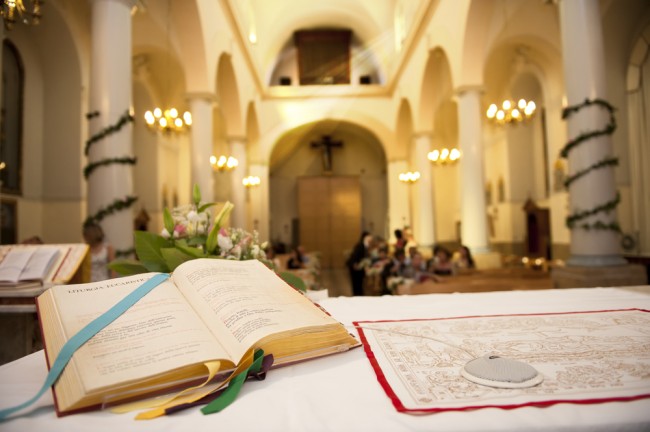Three ways “the conventional wisdom” hurts churches

In 1958 – as, coincidentally, mainline Protestant churches were enjoying their happy heyday – economist John Kenneth Galbraith began to use a term to describe widely acceptable and comfortable ideas that might not actually be true but tended to resist countervailing facts.
The term: “the conventional wisdom.”
In Galbraith’s opinion, the conventional wisdom was an obstacle to dealing with new information, new ideas, new needs, new constituents, new forces in the marketplace, and new analyses. It functions like inertia, that is, the tendency of an object to resist any change in its motion (or lack of motion) in order, as Newton put it, to “preserve its present state.”
At any given moment in the life of an institution, those in power tend to use the conventional wisdom to reinforce the ideas, practices and values that keep them in power. Change agents, from revolutionaries to fresh leaders brought in to rescue a dying enterprise, find themselves jousting with the conventional wisdom and being branded “radical,” “unrealistic,” “angry” and “naïve.”
Perhaps the hardest part of being a new leader – in a church, in a college, in a company – is recognizing that the conventional wisdom is erroneous and destructive, and then discovering how deeply embedded the conventional wisdom has become, to the point of being considered the very bedrock of the institution.
Keep that in mind as I describe three elements of conventional wisdom that pertain in churches – elements that are questionable, indeed erroneous, but considered beyond question. (Plus another three next week.)
CV 1: Churches must have facilities
Existing churches would feel lost without their familiar buildings. New churches, on the other hand, get along fine with rented space, multiple dispersed spaces, meeting in homes, and building virtual fellowships online. Facilities are simply not necessary for building a healthy Christian community. If anything, facilities have become an obstacle to community because so much energy and money goes into maintaining them, and that allocation of resources prevents nimble responses to actual needs, both within the faith community and outside the walls.
A Christian community is made healthy by its people, not by its bricks-and-mortar. It is made healthy by mission in the larger community, not by designated indoor spaces for keeping alive traditions dating back hundreds of years. When churches close their doors, it is rarely because needs went away, but because funds were insufficient to maintain facilities.
CV 2: Churches must worship on Sunday morning in a single place.
Churches spend the vast majority of their budgets to provide the space, staffing and materials for one to three hours of worship on Sunday morning. Sunday worship, however, has been failing for five decades. The place of Sunday morning has changed in people’s lives. The desire for corporate worship has fallen. But the conventional wisdom won’t let it go. The typical church would do much better to meet in various ways — including worship but not limited to worship — at various times during the week, in various settings, with various forms of leadership. The idea that belonging to the church means being there on Sunday morning just doesn’t resonate with people beyond the elderly core group. And yet when anyone suggests other ways to engage with people, the elderly core group cries foul.
CV 3: Churches must have ordained, professional clergy leadership.
Churches, like any enterprise, do need strong and capable leaders. If you dig deeply into the past 50 years of decline in mainline churches, you will see failures of leadership, ranging from poor decision-making to standing pat on the conventional wisdom when reality was crying out for change.
The conventional wisdom about clergy leadership is wrong. Sure, sometimes effective leadership is provided by an ordained clergy person on staff, but often times the pastor is an obstacle and creative leadership is happening elsewhere in the congregation. Moreover, the skills normally ascribed to seminary-trained clergy might or might not be present in the clergy on staff. Those skills don’t require seminary training, anyway. Pastoral care, Bible teaching, preaching, community-building – these and other skills can all be learned outside the ordination track.
The conventional wisdom sets up a losing scenario: laity with strong leadership skills are channeled into finance, facilities and institutional maintenance. Those, then, become the highest values because that’s where the strong leaders are. A better scenario would be to hire out those duties and put strong leaders to work building up the faith community. A church that has its best minds, hearts, and skills focused on spiritual development, mission, transformation of life, and community would be a joy for everyone, including God.
Next week, I will address three other elements of conventional wisdom: a focus on belonging, charity-based missions, and lengthy interims between pastors.
About the Author
Tom Ehrich is a writer, church consultant and Episcopal priest based in New York. He is the publisher of A Fresh Day online magazine, author of On a Journey and two national newspaper columns.

